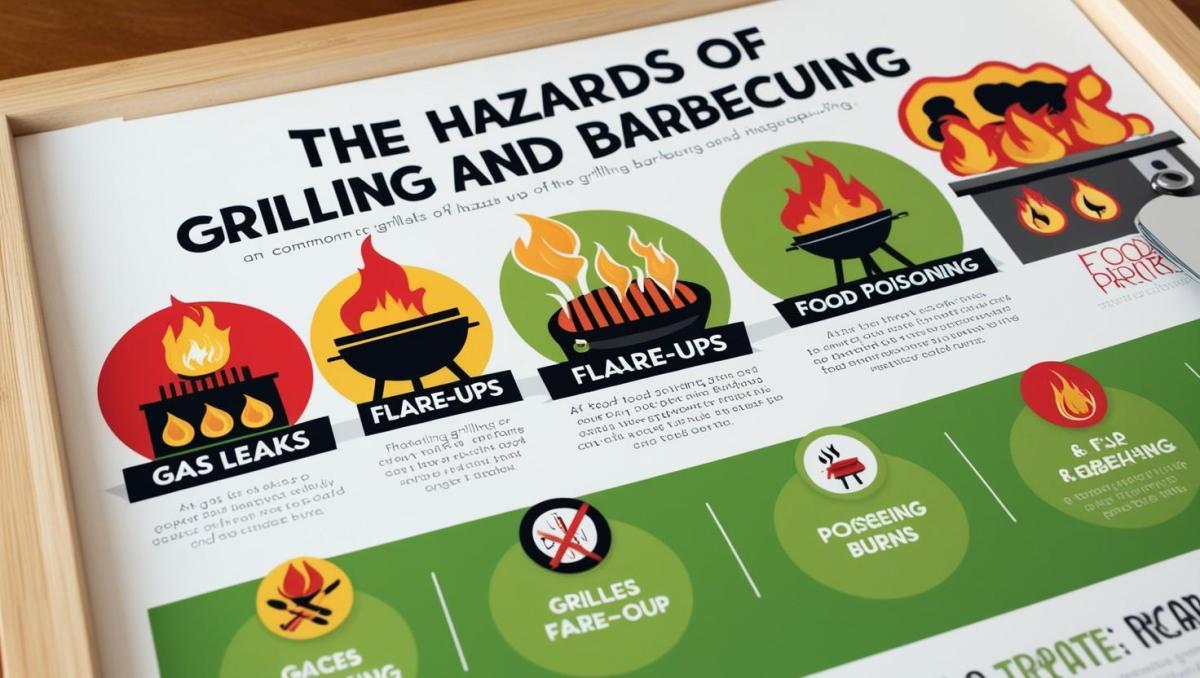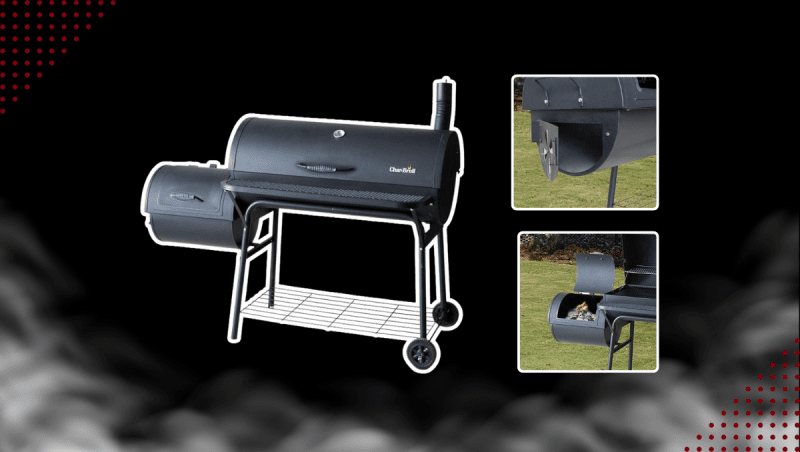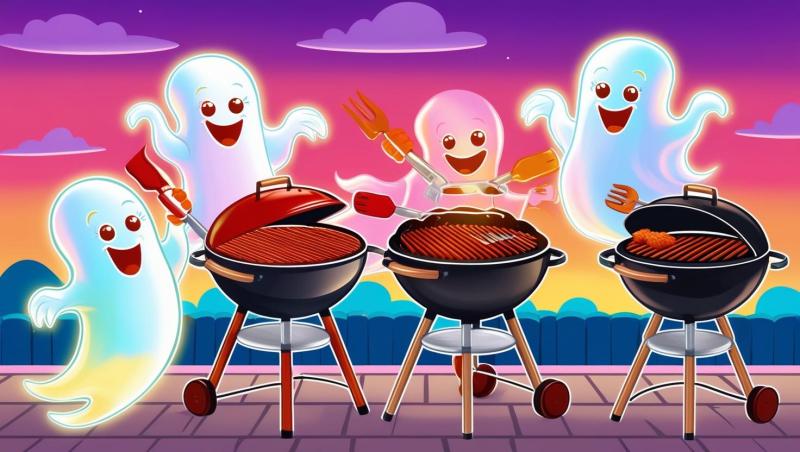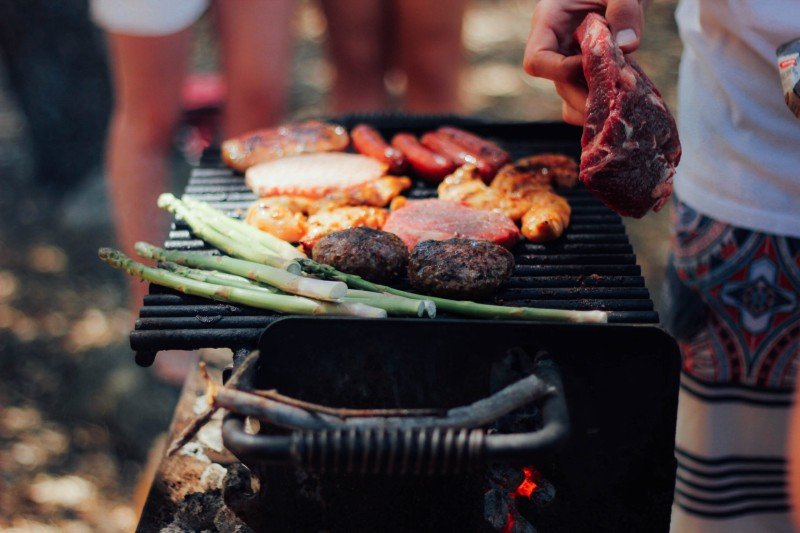Many people enjoy a tender grilled chicken breast, sirloin steak, or filet of fish, and nothing says summer quite like a good old fashioned barbecue. But if you aren’t careful, a summer of enjoying barbecued cuisine can prove deadly to your health.
It has been well documented that undercooking meat can cause a variety of food borne diseases. But it’s now apparent that overcooking can be just as bad, if not worse, as studies reveal that it can cause cancer.
The true culprit is charred meat, the portion of the meat that’s essentially turned into charcoal due to overheating. Scientists found that charred meat produces a compound called PhIP, which has been shown to cause various types of cancers in rats.
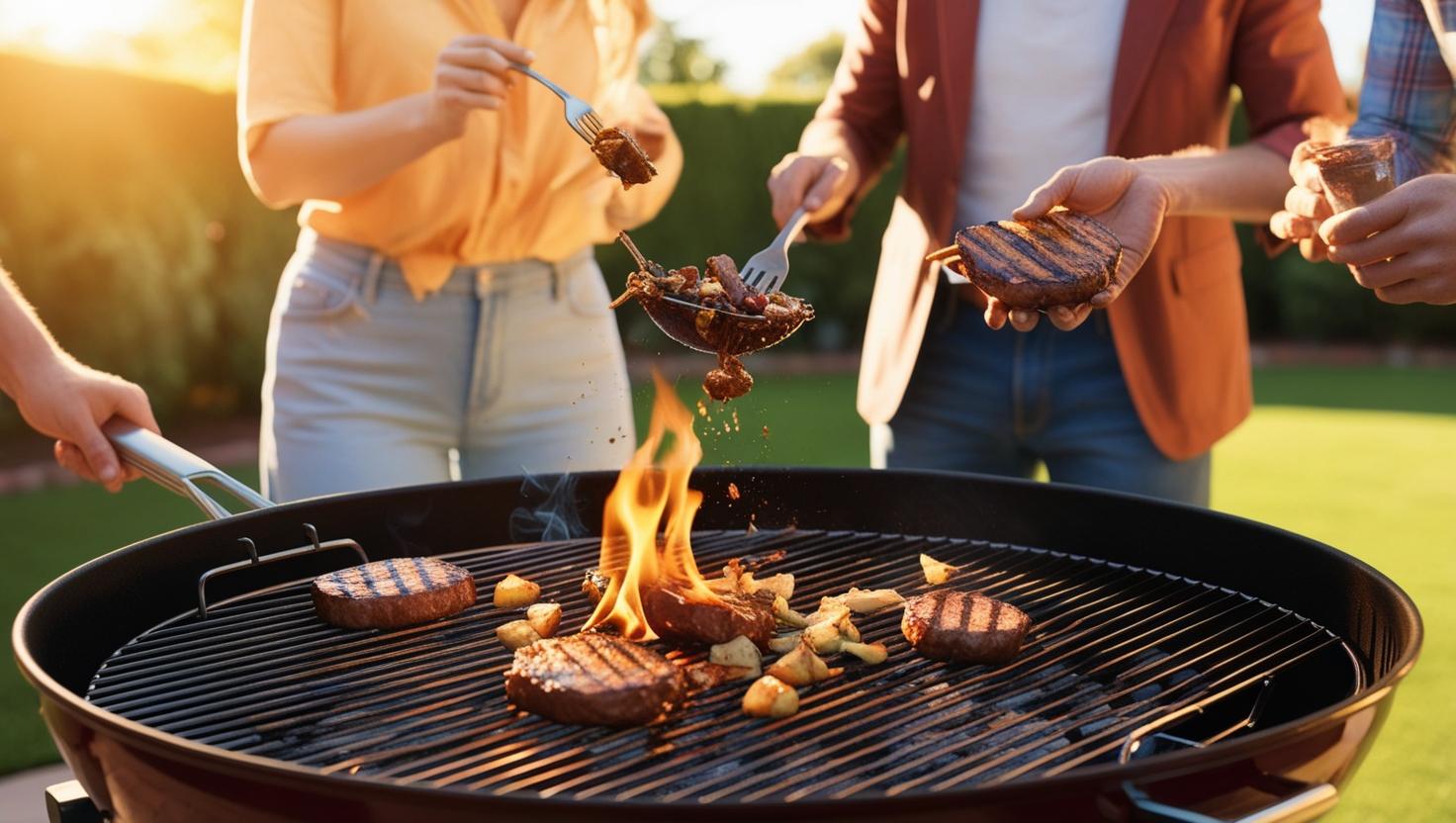
The findings were revealed at a conference for the American Association for Cancer Research in April, wherein they showed that when PhIP was mixed in with rats’ food, their spleens, prostates and intestines underwent cancerous genetic mutations after four weeks.
If this isn’t bad enough, other evidence suggests that PhIP isn’t the only malignant compound that’s produced when meat is charred. Another compound called heterocyclic amines, or HCAs, can increase the risk of various cancers in humans, including prostate, colon, stomach and breast cancer.
Yet another compound worthy of concern is called polycyclic aromatic hydrocarbons, or PAHs. PAHs form when fats from chicken, steak and types of fish are re-deposited onto the barbecued slab, due to the high heat and smoke brewing from the hibachi, after the fatty oils have dripped on the hot coals below.
So, do findings like this mean you should swear off barbecuing forever? Certainly not. And even if it did, it’s not likely that the thousands of Americans who barbecue regularly even would. However, caution can and should be taken when eating and preparing for a barbecue:
Get the Grill Goin’
If you haven’t used the grill for awhile, its best to give it a good clean by turning up the heat to high and closing the lid for about 10 minutes. This will remove the caked oil and grease from past grilling
Cut the Fat
Not only does trimming the fat off meat reduce saturated fat content, it also greatly reduces the likelihood of PAH compounds forming
Remove Charred Meat Portions from the Meat Before Serving or Eating
Marinade Meat
Marinating does mean extra preparation, but scientists believe that the ingredients in marinades act as a sort of shield for the meat, reducing the chances of carcinogenic compounds forming significantly
Wash Your Hands
This is common sense, but cleaning your hands thoroughly—for at least 20 seconds—is essential when handling raw meat

Avoid Cross Contamination
The easiest way to avoid this is to use two different plates when handling food: One plate for raw meat, another plate for cooked meats. The same standard should apply for cutting raw and cooked meat products (i.e. different utensils and cutting boards)
Pre-cook Meats
Boiling chicken wings or heating up pieces of swordfish or steak in the oven prior to grilling is a great way to ensure it’s fully cooked
Flip Frequently
Once you’ve made it to the grill, don’t just leave it alone only to flip the burger once or twice. Research indicates that flipping frequently at a low heat hastens the time it takes to get the barbecued fare from the grill to the dinner table.
Exercise Portion Control
The thicker the meat, the longer it takes to cook thoroughly. Keeping the cuts small will fix this
Keep a Thermometer Handy
Judging whether or not meat is cooked thoroughly enough shouldn’t be done just by examining its inner color. The U.S. Department of Health advises that chicken should be cooked to at least 165 degrees, hamburger to 160 degrees, pork to 150 degrees and hot dogs to at least 140 degrees. Steak should be cooked to 145 degrees for medium rare and 160 degrees for medium
Following these 10 tips will help provide you with yet another fun, safe and delicious season of barbecue bonanza.
10 Smoky Tips To BBQ Food Safely
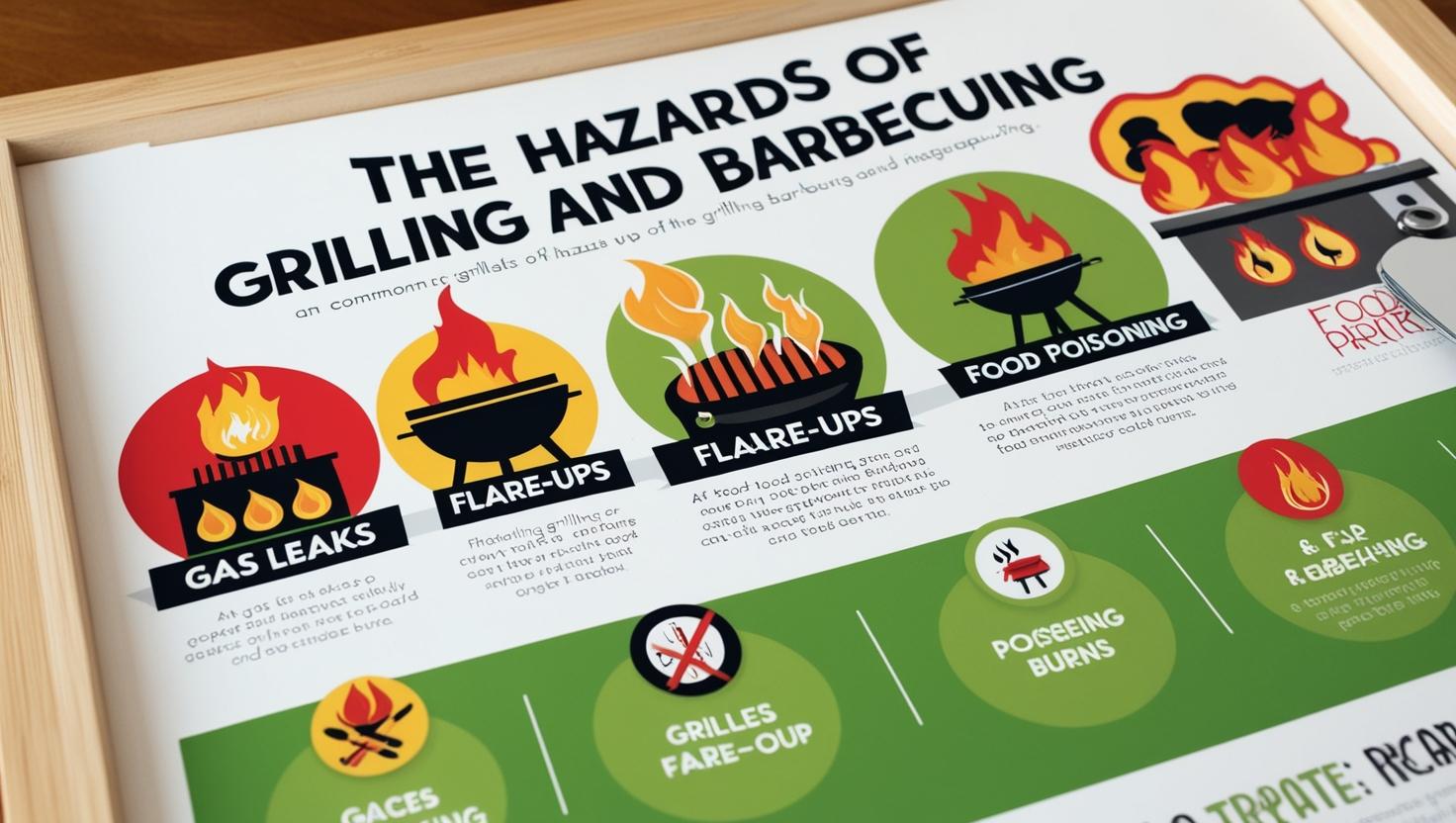
Cooking outdoors was once only a summer activity shared with family and friends. Now more than half of Americans say they are cooking outdoors year round. Use these simple guidelines for grilling food safely to prevent harmful bacteria from multiplying and causing food-borne illness.
1. Defrosting
Completely defrost meat and poultry before grilling so it cooks more evenly. Use the refrigerator for slow, safe thawing or thaw sealed packages in cold water. You can microwave defrost if the food will be placed immediately on the grill.
2. Marinating
Meat and poultry can be marinated for several hours or days to tenderize or add flavor. Be sure to marinate food in the refrigerator, not on the counter. If some of the marinade is to be used as a sauce on the cooked food, reserve a portion of the marinade before putting raw meat and poultry in it. However, if the marinade used on raw meat or poultry is to be reused, make sure to let it come to a boil first to destroy any harmful bacteria.
3. Transporting
When carrying food to another location, keep it cold to minimize bacterial growth. Use an insulated cooler with sufficient ice or ice packs to keep the food at 40° F or below. Pack food right from the refrigerator into the cooler immediately before leaving home. Keep the cooler in the coolest part of the car.
4. Keep Cold Food Cold
When using a cooler, keep it out of the direct sun by placing it in the shade or shelter. Avoid opening the lid too often, which lets cold air out and warm air in. Pack beverages in one cooler & perishables in a separate cooler.
5. Keep Everything Clean
Be sure there are plenty of clean utensils and platters. To prevent food-borne illness, don’t use the same platter and utensils for raw and cooked meat and poultry. Harmful bacteria present in raw meat and poultry and their juices can contaminate safely cooked food.
6. Cook Thoroughly
Cook food to a safe internal temperature to destroy harmful bacteria. Meat and poultry cooked on a grill often browns very fast on the outside. Use a food thermometer to be sure the food has reached a safe internal temperature. Whole poultry should reach 180° F; breasts, 170° F. Hamburgers made of ground beef should reach 160° F; ground poultry, 165° F. Beef, veal, and lamb steaks, roasts and chops can be cooked to 145° F. All cuts of pork should reach 160° F. NEVER partially grill meat or poultry and finish cooking later.
7. Keep Hot Food Hot
After cooking meat and poultry on the grill, keep it hot until served — at 140° F or warmer. Keep cooked meats hot by setting them to the side of the grill rack, not directly over the coals where they could overcook. At home, the cooked meat can be kept hot in a warm oven (approximately 200° F), in a chafing dish or slow cooker, or on a warming tray.
8. Serving Safely
When taking food off the grill, use a clean platter. Don’t put cooked food on the same platter that held raw meat or poultry. Any harmful bacteria present in the raw meat juices could contaminate safely cooked food.
9. Safe Smoking
Smoking is done much more slowly than grilling, so less tender meats benefit from this method, and a natural smoke flavoring permeates the meat. The temperature in the smoker should be maintained at 250° F to 300° F for safety. Use a food thermometer to be sure the food has reached a safe internal temperature.
10. Pit Roasting
Cooking may require 10 to 12 hours or more and is difficult to estimate. A meat thermometer must be used to determine the meat’s safety and doneness. There are many variables such as outdoor temperature, the size and thickness of the meat, and how fast the coals are cooking.
